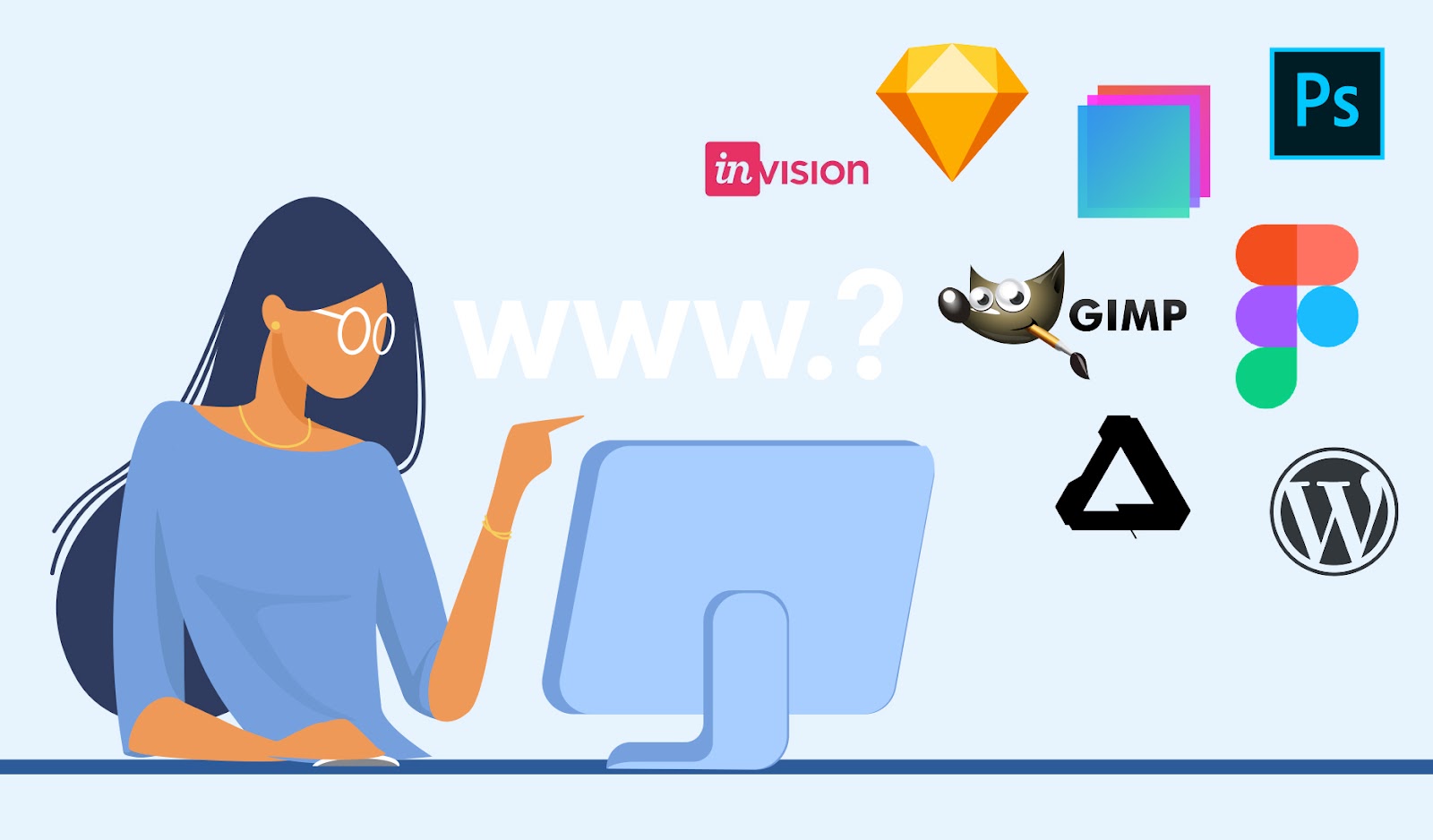What Software Is Used For Web Design?
Web design has become an integral part of our digital landscape, with countless businesses and individuals seeking to establish their online presence. Behind the creation of visually stunning and user-friendly websites lies a diverse array of software tools designed to assist web designers in their craft. If you’re looking for professional web design services in Blackpool, a company like AIH Digital can assist you in leveraging CMS platforms effectively. This article will delve into the essential software used for web design, examining its functionalities, features, and benefits.
1- Graphic Design Tools:
Graphic design software plays a pivotal role in web design by enabling designers to create visually appealing layouts, logos, and graphics. The following software tools are widely used in the industry:
a) Adobe Photoshop:
A powerful and versatile image editing software that allows designers to manipulate and enhance images, create graphics, and optimize them for the web. Photoshop provides many tools and features for precise editing and design customization.
- b) Sketch:
A popular vector-based design tool for macOS, Sketch offers an intuitive interface and a comprehensive set of features specifically tailored for web and user interface (UI) design. It simplifies the process of creating wireframes, prototypes, and responsive designs.
2- Prototyping And Wireframing Tools:
Prototyping and wireframing tools are essential for translating design concepts into interactive and user-friendly experiences. They allow designers to create interactive mockups, test usability, and iterate designs. When it comes to web design in Blackpool search a professional team of web design Blackpool to create visually appealing and functional websites.
Some notable software tools in this category include:
a) Adobe XD:
Designed for creating interactive prototypes, Adobe XD enables designers to create wireframes, design user flows, and preview their designs in real time. It supports collaborative workflows and integrates seamlessly with other Adobe Creative Cloud applications.
b) Figma:
A cloud-based design and prototyping tool that offers real-time collaboration features. Figma allows multiple designers to work simultaneously on a project and provides robust prototyping capabilities, making it a popular choice for teams.
Development Tools:
Web designers often need to work with coding languages and frameworks to bring their designs to life. Here are two widely used development tools:
a) Sublime Text:
A sophisticated text editor is known for its speed and flexibility. Sublime Text supports various coding languages, features a range of plugins and extensions, and offers a highly customizable interface to enhance productivity and streamline the development process.
b) Visual Studio Code:
A free source code editor developed by Microsoft, Visual Studio Code offers a rich set of features, including syntax highlighting, debugging support, and Git integration. It supports an extensive library of extensions, making it a versatile choice for web development.
4- Content Management Systems (CMS):
Content Management Systems provide a framework for designing, developing, and managing websites without extensive coding knowledge. They offer templates, themes, and plugins that simplify the website creation process. Notable CMS platforms include:
a) WordPress:
A widely-used CMS that powers over one-third of all websites on the internet. WordPress offers a user-friendly interface, a vast library of themes and plugins, and robust customization options, making it accessible to both beginners and advanced users.
b) Drupal:
A highly flexible and scalable CMS suitable for building complex and large-scale websites. Drupal provides advanced features for content organization, user management, and customization, making it a popular choice for enterprise-level projects.
5- Version Control Systems:
Version control systems are crucial for web design projects that involve collaboration and multiple iterations. These tools help designers manage and track changes to their codebase effectively. Two widely used version control systems are:
a) Git:
Git is a distributed version control system that allows designers to track changes, collaborate with team members, and easily revert to previous versions of their code. It provides a robust branching and merging mechanism, ensuring smooth collaboration and efficient code management.
b) GitHub:
GitHub is a web-based hosting service for Git repositories. It provides additional features like issue tracking, project management, and code review, making it a popular choice for open-source projects and team collaborations. GitHub’s interface simplifies the process of sharing and contributing to code repositories.
Conclusion:
Web design software encompasses a broad spectrum of tools, each serving a specific purpose in the web design process. From graphic design software like Adobe Photoshop and Sketch to prototyping tools such as Adobe XD and Figma, and development tools like Sublime Text and Visual Studio Code, web designers have a diverse range of options to choose from. Additionally, Content Management Systems like WordPress and Drupal provide user-friendly platforms for designing and managing websites without extensive coding knowledge. By utilizing these software tools effectively, web designers can bring their creative visions to life and deliver engaging and seamless user experiences on the web.


Post Comment